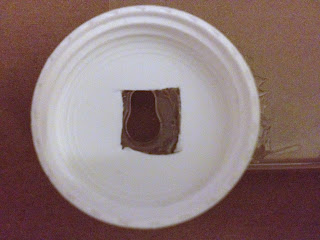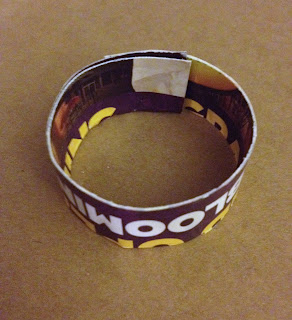Jupiter Moons or Galilean moons through amateur telescope.
Following moons of Jupiter are easily visible through amateur telescope 60-70 mm.
Europa, IO, Ganymede, Callisto.
Moons of Jupiter will be visible as tiny dots or stars around planet Jupiter.
You may see these four moons change their positions daily or timely as they rotate around planet Jupiter.
Picture of Jupiter and its moons through 70 mm refractor telescope.
Jupiter Moons can also be seen or take pictures through normal digital camera (without telescope).
Use optical zoom and point towards Jupiter.
Take a picture and you can see the Jupiter Moons or Galilean moons when you zoom the images on computer.
Below is a sample picture with 3X optical zoom on 10 megapixel digital camera.
Tips for watching Jupiter moons through telescope.
1. Start with low power eyepiece.
2. Minimize the vibrations as they shake a lot when eyepiece power is increased.
3. Optical filter of telescope may help for Jupiter colors.
4. Make sure you are pointing right towards Jupiter and the planet is in your view frame.
5. With more powerful telescope you may be able to see more than 4 Galilean moons.



































